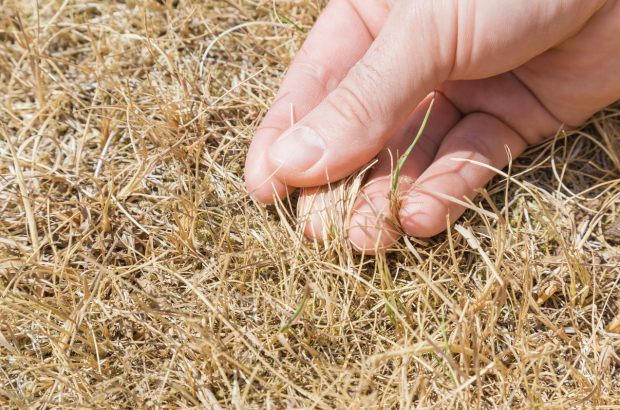- Daily & Weekly newsletters
- Buy & download The Bulletin
- Comment on our articles
Flanders working on plan for priority water use
Flanders Environment Agency (VMM) is working on a plan that would determine who gets priority for water use in the event of a drought. The plan would cover all types of water – surface, ground and tap – and raises questions with serious consequences, according to VMM spokesperson Katrien Smet.
“Who do you give priority to?” she asks. “People, animals or nature? Can you halt industry or leave families with children without water? What happens to hospitals and schools? Would one area get water and another none? This is a sensitive issue that can only be clarified if you involve the whole of society.”
Because of the complexity of the situation, VMM is looking for an external partner to operate the project, which should be in place by the summer of 2020. Any regulations resulting from the plan would have to be approved by law.
“That’s fast, because they did a similar exercise in the Netherlands and it took 10 years,” says Smet. “While we hope we never have to activate the plan, we think it’s necessary to put it in place. Water shortage is a serious problem in Flanders.”
Flanders has still not recovered from the dry summer of 2018. Not enough rain has fallen to supplement the reserves, and groundwater levels remain low to very low.
Conservation organisation Natuurpunt is concerned that in the event of serious water shortages, the environment will be low on the official list of priorities. “For us it is crucial that isn’t the case,” says Natuurpunt water specialist Robin Verachtert. “Flanders must meet its European obligations to protect the environment. In the Netherlands, vulnerable biodiversity takes priority. So a protected swamp would get water, to the detriment of a cornfield.”
Natuurpunt also points to the services that natural areas provide, such as carbon storage, production of drinking water, tourism, recreation and protection against flooding. “These are in danger of being lost if drought causes irreparable damage,” Verachtert explains. For example, peat bogs that fall dry can cause methane emissions, a greenhouse gas that is many times more harmful than carbon dioxide.
The priority policy is part of the drought and flood impact plan approved by the government of Flanders at the beginning of April. When asked this week, environment minister Koen Van den Heuvel (CD&V) would not comment on which groups he thought should be given priority for water use.


















